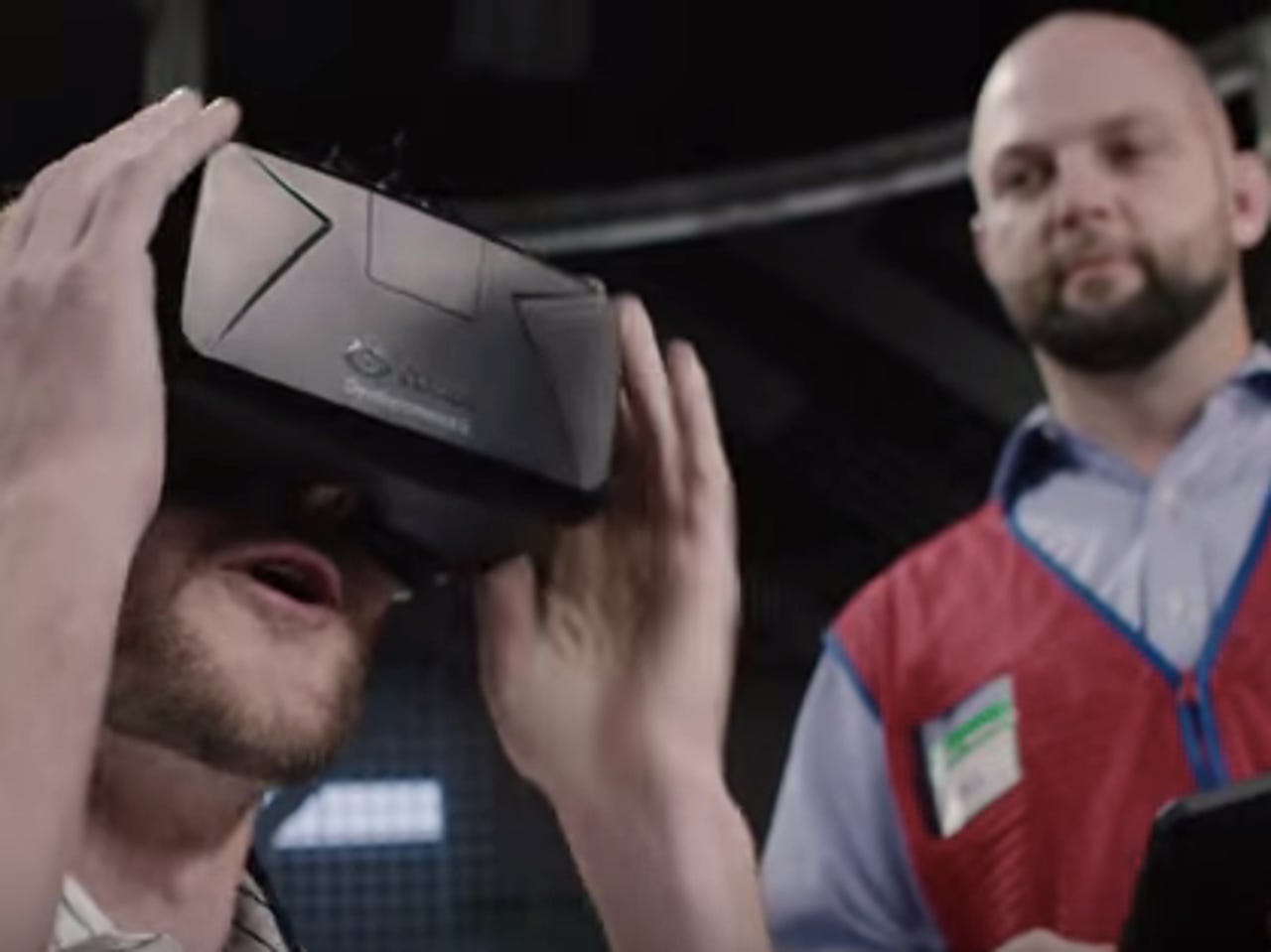Marxent and Lowe's partner to use VR to help customer visualize home improvements


How sure are you about painting your kitchen avocado green?
Uncertainty is a common feeling for those making home improvements and renovations. A couple slats of hardwood don't look quite the same when stacked on a shelf, as it does on a floor, for example.
For a home improvement store like Lowe's, that uncertainty makes it difficult to move customers toward a purchase. And for customers, it's another layer of stress.
Marxent Labs, a company that makes augmented and virtual reality visual commerce solutions for retailers, partnered with Lowe's to create an experience to help customers better visualize their decisions, and ultimately feel confident about them.
It's called the Lowe's Holoroom. Using an iPad app, customers can design a kitchen or bathroom, placing cabinets, picking colors, even moving windows. Then, they can view the room in 360 degrees using an Oculus Rift DK2. If they like it, they can have the video exported to YouTube 360, where it can then be viewed by family and friends in a Chrome web browser or using a Google Cardboard VR viewer.
"Visualization is one of the core challenges for our customers and we know that the fear and anxiety that people have around how projects might turn out stops a lot of people from even starting a project in the first place," said Amanda Manna of Lowe's Innovation Lab.
The implementation of the Holoroom is, in part, about it getting to customers higher up in the purchase funnel.
"The earlier you can reach them and provide the consumer with tools to help them make decisions and introduce them to your brand, the more likelihood that you're going to get the sale," said Marxent's CEO Beck Besecker.
SEE: Virtual reality in 2016: The 10 biggest trends to watch (TechRepublic)
And it's also a reason for customers to come into the store, which is a goal of every retailer.
The decision to adopt new technology can be tricky for businesses. The temptation to latch on to tech for the sake of tech is strong.
The HoloRoom is a collaboration between Lowe's and Marxent.
"I think it's important to start with a real problem and think about how virtual reality or any type of new technology helps solve that, and not just start with the technology and try to find a way to cram it back into your business," Manna said.
The Holoroom has undergone several iterations. For example, early on, it was focused on bathroom products, but Manna said they found out that what people really wanted was to visualize the kitchen. They also wanted to be able to share that visualisation, hence the YouTube 360 tie-in.
One challenge for Lowe's and Marxent had to do with getting enough bandwidth in the stores to support the experience.
Besecker said that unlike playing a console game, for example, the 3D models aren't on a console in the store, but in the cloud, which meant coming up with a strategy for managing 3D content.
"What we've had to do is sort of deconstruct the content into pieces. So that you're really only assembling the final model after it's been sent over the cloud," Besecker said.
The Holoroom was first installed last year in two stores in Toronto, Canada for six months at a time. Currently, the Holoroom is in nine stores in the US, and there are plans to be in 19 in 2016.
Also see
- Virtual reality and augmented reality in the workplace: A primer for CIOs (TechRepublic)
- Virtual reality faces five hurdles to justify the CES buzz
- VR and AR at CES 2016: 4 key takeaways (TechRepublic)
- Apple has assembled large team for VR, has headsets prototyped: Report
- Google says Cardboard virtual reality viewer gaining traction
- Virtual reality vs. augmented reality: Debating the merits (TechRepublic)
- Research: Virtual and augmented reality in the enterprise (Tech Pro Research)